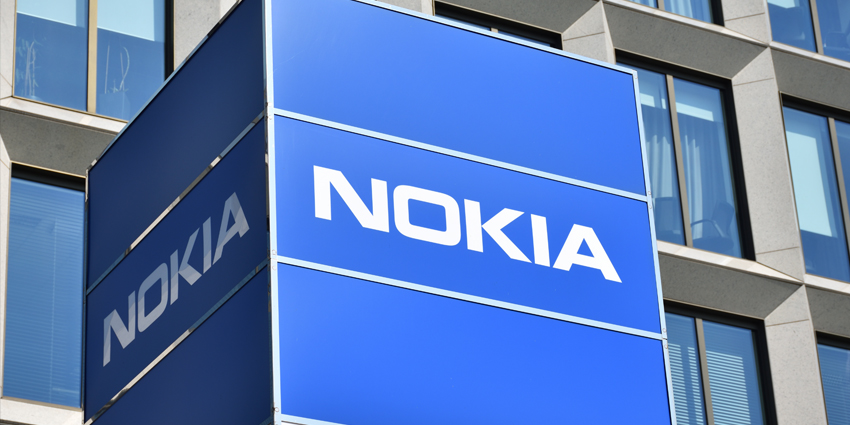Building engaging metaverse environments isn’t without its challenges. New digital platforms come with their own unique demands, particularly in regard to how content is processed and shared. As consumers and companies transition into metaverse landscapes, developers and designers must find ways of delivering high-quality immersive content in lightweight, agile forms.
Just as the JPEG influenced the evolution of the visual internet we know today, the gITF (Graphics Language Transmission Format) could have a similar impact on the metaverse. Championed by the Khronos Foundation, one of the key members of the Metaverse standards forum, gITF promises a more scalable, efficient, and cost-effective way to bring visuals into the metaverse.
Used correctly, gITF could easily become the standard file format for those investing in metaverse environments and digital twins.
What is gITF? An Introduction
The Graphics Language Transmission Format or gITF is the standard file format used for three-dimensional models and scenes in metaverse environments. It’s a royalty-free specification designed to enhance the delivery of 3D models and content. The file format supports static models, moving scenes, and animated content alike, giving developers plenty of scales to work with.
Perhaps the most attractive aspect of gITF is that it allows developers to convey complicated, high-quality images, models, and videos in XR environments while adding minimal weight to the system. The technology compresses 3D objects and their textures to preserve the quality of content while reducing the pressure on devices and systems.
According to Neil Trevett at Khronos, the gITF file format is also highly complementary to USD (Universal Scene Description), a common tool used for 3D asset development. Companies like NVIDIA have invested heavily in the USD landscape for their omniverse environment, which has been built specifically with a focus on metaverse creation.
What Makes gITF Useful for the Metaverse?
For many developers in the metaverse landscape, gITF stands to become the most popular file format for content development. Not only does it work well with the existing tools and technologies most content creators are using, but it’s an easy-to-use and efficient format too.
Built specifically for 3D content, gITF is lightweight and easy to process on any device or platform, including mobile phones and web browsers. The gITF textures can allow creators to take a JPEG-sized file and immediately unpack it into a native GPU solution, reducing both the memory required and data transmission times by 5 to 10 times. This can be crucial for delivering content to consumers as quickly as possible in the metaverse.
It even complements the majority of file formats already used in authoring tools. NVIDIA is currently working on a gITF connector for the omniverse to ensure assets can be easily imported and exported from the metaverse. Going forward, innovative developers will also look for ways to bring additional properties into the file format, such as sound and interactions.
The open-source nature of USD and the consistent evolution of gITF will ensure the format continues to evolve and grow to match the changing needs of the metaverse.







